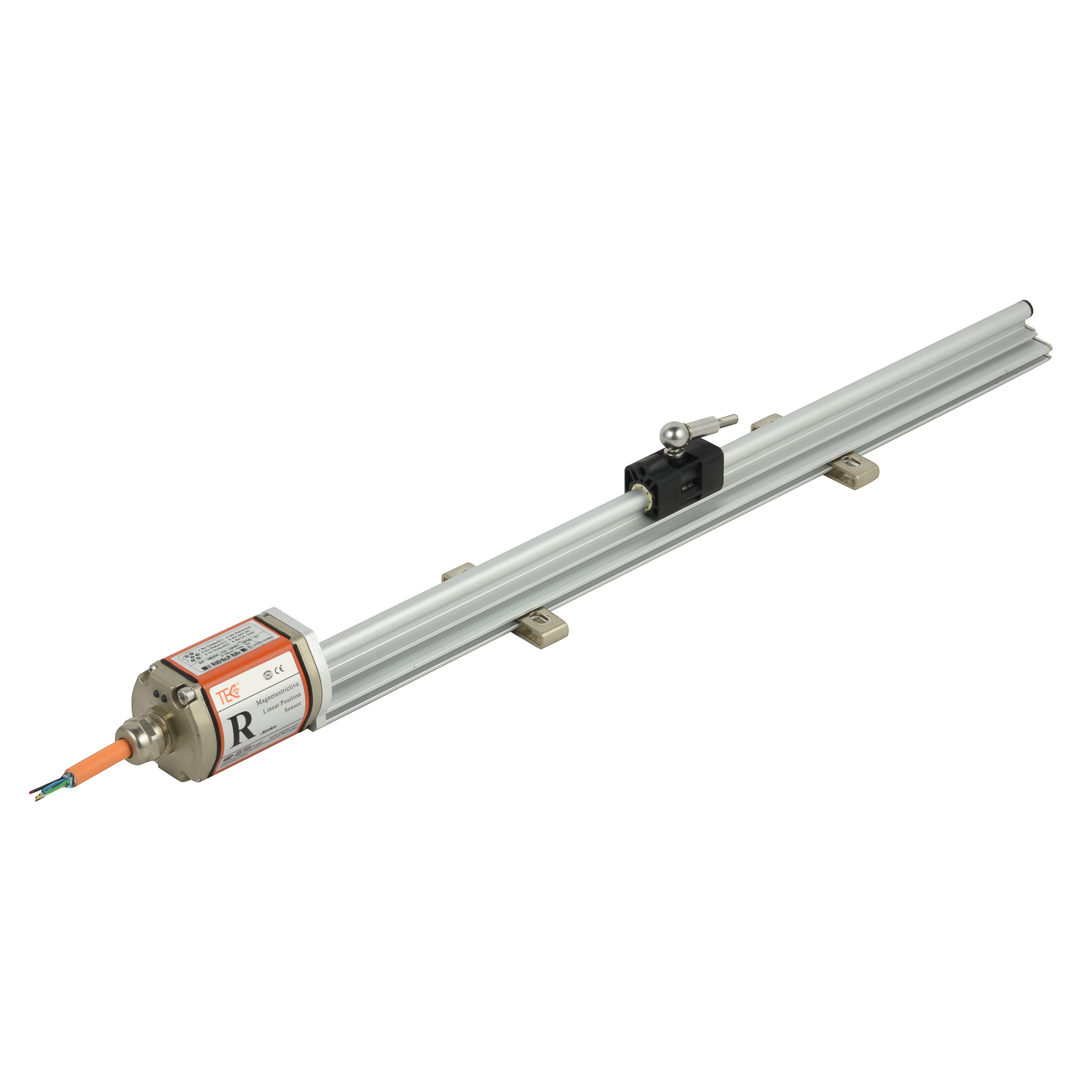How stable are the output signals of magnetostrictive sensors?
Magnetostrictive sensors are renowned for their high precision in position and level measurement. A critical question for engineers and system designers is the stability of their output signals over time. This article delves into the core factors that determine this stability.
Understanding the Core Technology for Signal Stability
The fundamental operating principle of magnetostrictive sensors contributes directly to their inherent stability. They work by measuring the time difference between the initiation of a current pulse and the return of a torsional strain wave generated by the interaction with a magnetic field. This time-of-flight measurement is a physical property largely immune to the electrical noise and minor component drifts that can affect other sensor types. This robust physical basis provides a solid foundation for stable, repeatable readings.
Key Factors Influencing Signal Stability
Several critical factors can impact the stability of a magnetostrictive sensor's output. Temperature fluctuations are a primary concern, as they can affect the propagation speed of the strain wave in the waveguide. High-quality sensors incorporate temperature compensation algorithms to mitigate this effect. Mechanical stress on the probe, caused by improper installation or physical impact, can also introduce measurement errors and drift. Furthermore, the quality and stability of the internal electronics, including the timing circuitry and signal conditioning components, are paramount for converting the physical measurement into a consistent electronic signal.
The Impact of External Environmental Conditions
The operating environment plays a significant role in long-term signal stability. Exposure to extreme temperatures, high humidity, or corrosive chemicals can degrade sensor materials and electronics over time. Selecting a sensor with an appropriate IP (Ingress Protection) rating and construction materials (e.g., stainless steel) for the specific environment is crucial. Electrical interference from nearby motors or power lines can also be a factor, but magnetostrictive sensors are generally less susceptible to EMI than other technologies due to their digital nature and shielding.
Ensuring Long-Term Reliability and Accuracy
To guarantee long-term stability, proper installation is the first and most critical step. The sensor must be mounted correctly, with attention to alignment and stress-free fixation. Regular calibration checks against a known reference, as part of a preventative maintenance schedule, are recommended to identify and correct any potential drift. Choosing a sensor from a reputable manufacturer known for high-quality components and rigorous testing is the best way to ensure reliable performance throughout its operational lifespan.
Comparing Stability with Other Sensor Technologies
When compared to technologies like potentiometric, LVDT, or ultrasonic sensors, magnetostrictive sensors often demonstrate superior long-term stability. They have no physical contact between the moving magnet and the waveguide, eliminating mechanical wear. Their non-contact nature and high resolution make them less prone to the drift associated with wearing components in potentiometric sensors or the environmental sensitivity of ultrasonic sensors. This makes them a preferred choice for applications demanding high accuracy over many years.

 UpgradingYourLevelMeasurementS
UpgradingYourLevelMeasurementS
 Why are magnetostrictive level
Why are magnetostrictive level
 ComparingMagnetostrictiveandRa
ComparingMagnetostrictiveandRa
 MagnetostrictiveLevelSensorfor
MagnetostrictiveLevelSensorfor
